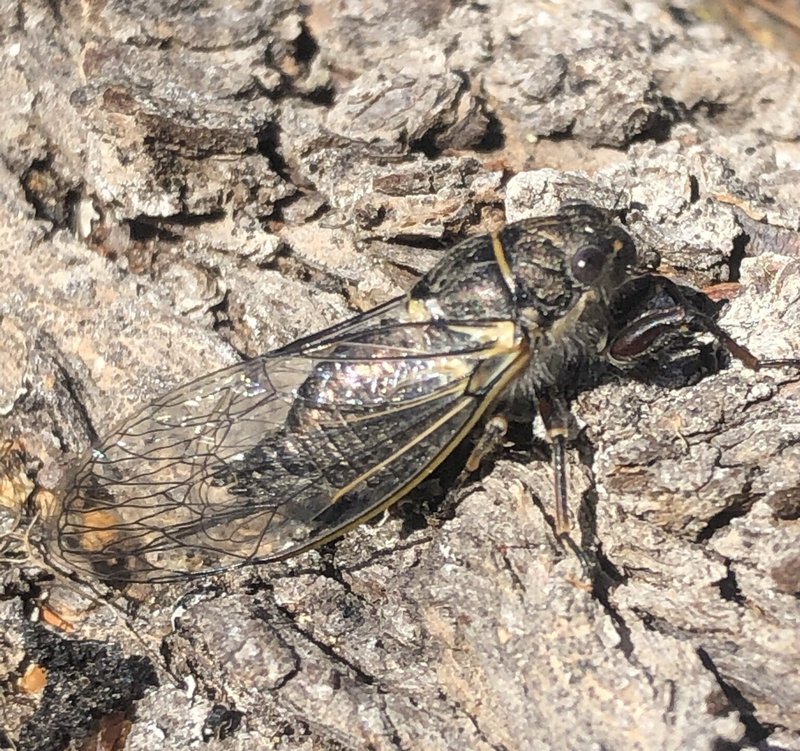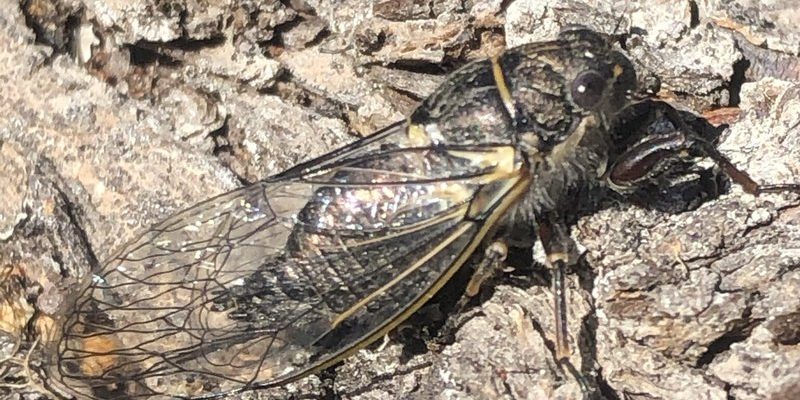
Now, you might be wondering what exactly these threats are and why they matter. Well, understanding the dangers they face not only helps us appreciate these unique insects but also sheds light on the delicate balance of our ecosystems. Let’s dive into the world of cicadas and explore the predators and threats that keep them on their toes—if they had toes, that is!
Common Predators of Cicadas
Cicadas are often considered a delicacy by many animals, and this puts them in the crosshairs of numerous predators. Birds, for example, are among their primary hunters. These feathered friends have a great knack for spotting cicadas resting on trees or buzzing about. Certain species, like sparrows and mockingbirds, find cicadas particularly tasty.
Reptiles and amphibians also join the hunt. Lizards, frogs, and even snakes can easily munch on a cicada when they venture too close to the ground. These predators often surprise their prey, striking quickly and efficiently. Imagine a frog’s tongue darting out in the blink of an eye—that’s how quickly these predators can snag a cicada for dinner!
Mammals like raccoons and opossums also feast on cicadas. They’ll dig through leaf litter or climb trees to reach their tasty targets. It’s a tough world for cicadas, as they have to be constantly vigilant to avoid becoming a meal.
Insect Predators: A Serious Threat
While birds and mammals are certainly a threat, cicadas have to watch out for other insects, too. Wasps, for example, are predatory and pose a significant danger. The infamous cicada killer wasp is particularly nasty. Female wasps hunt down cicadas, sting them to paralyze them, and then lay their eggs inside. The larvae then feed on the still-living cicada. It’s a gruesome fate, and one that highlights how brutal nature can be.
Another threat comes from ground beetles, which are on the lookout for cicada nymphs. These beetles are fast and can quickly dig into the soil to catch nymphs before they even get the chance to surface. Even other cicadas can be a threat. Certain species may compete for food or territory, leading to aggressive behaviors.
It’s clear that cicadas face a gauntlet of insect predators that can be quite deadly. Honestly, it’s a wonder they survive long enough to sing their songs!
Environmental Threats to Cicadas
Cicadas are not only battling predators; they also contend with various environmental threats that can affect their populations. One of the most significant is habitat loss. Urban development, deforestation, and agricultural practices can destroy the natural environments where cicadas thrive. Without suitable habitats, cicadas may struggle to find the trees necessary for laying their eggs or for shelter.
Climate change is another looming concern. As temperatures rise, cicadas may find it challenging to adapt to new weather patterns. Extended dry spells or excessive rainfall can disrupt their life cycles. Imagine a cicada that emerges only to find the trees they rely on are gone or that the weather is too harsh. It’s a real problem that can lead to population declines.
Additionally, pollution can negatively impact cicada habitats. Pesticides and other chemicals not only affect the food sources for cicadas but can also directly harm them. It’s a tough environment for these insects, and every little factor can play a role in their survival.
The Role of Cicadas in the Ecosystem
Despite the threats they face, cicadas hold an important place in their ecosystems. They serve as a food source for many animals, making them a vital part of the food chain. Birds, mammals, and insects all rely on cicadas for protein-rich nutrition, especially during their emergence periods when they appear in large numbers.
Moreover, cicadas contribute to soil health. When they lay their eggs in tree branches, the subsequent decay of these materials enriches the soil. As they die, their decomposing bodies provide nutrients for plants, which in turn support the various creatures that depend on those plants.
In their brief lives above ground, cicadas also help pollinate plants. While they’re primarily known for their loud songs, they do visit flowers and can assist in the pollination process. This makes them an underappreciated part of the plant reproduction cycle as well.
Human Impacts on Cicada Populations
As humans, our actions can significantly influence cicada populations. Urbanization, for example, leads to habitat loss, making it harder for cicadas to flourish. Additionally, excessive pesticide use directly impacts their survival and reproductive success. By spraying chemicals to protect crops, we often inadvertently harm beneficial insects like cicadas.
Even climate change, driven by human activity, poses a longer-term threat to cicadas. Shifts in temperature and weather patterns can disrupt their life cycles and breeding habits. It’s essential for us to recognize these impacts and consider how we can help protect cicadas and their habitats.
Community initiatives, like planting native trees and reducing pesticide use, can make a difference. You might be surprised at how much a few simple changes can help support cicadas and the broader environment they depend on.
Cicadas are remarkable creatures with a unique life cycle. While they face numerous predators and environmental threats, they play an essential role in their ecosystems. By understanding the challenges they encounter, we can take meaningful steps to protect them.
Engaging with our natural environment—whether it’s planting native flora, being mindful of pesticide use, or simply enjoying the sounds of cicadas in summer—can help preserve their populations. So next time you hear that familiar buzzing, take a moment to appreciate the journey those cicadas have made and the trials they’ve overcome. After all, every little bit helps in the fight for survival in the wild!

